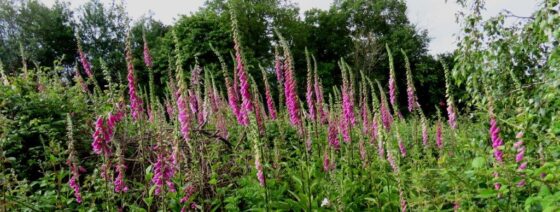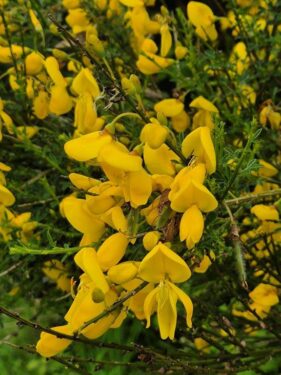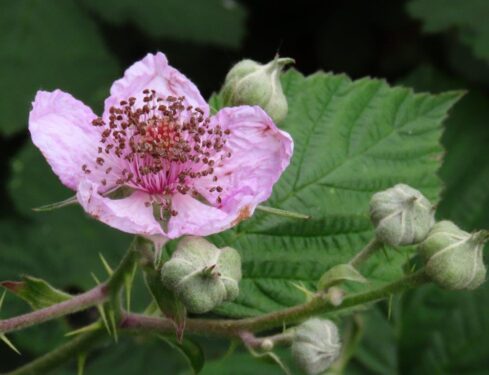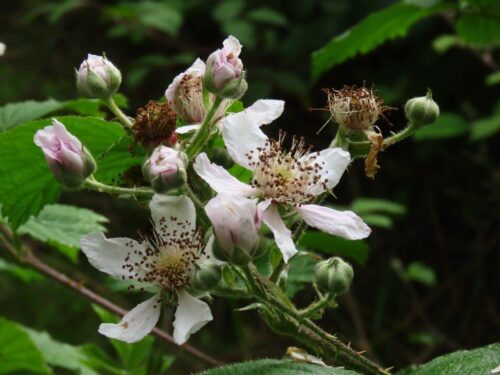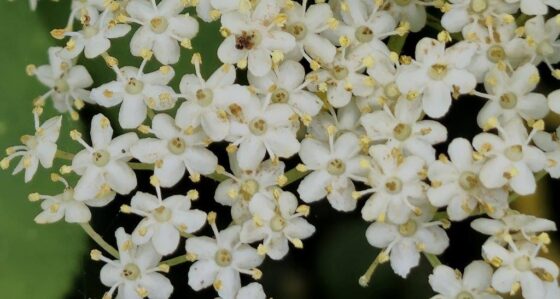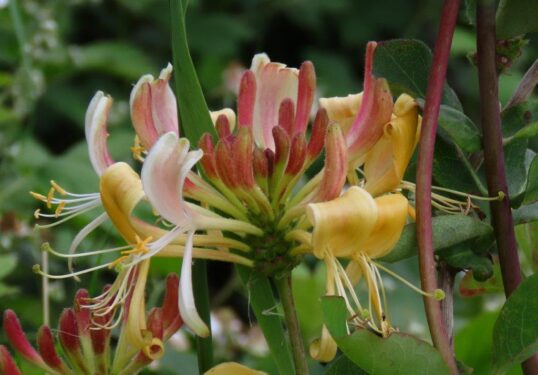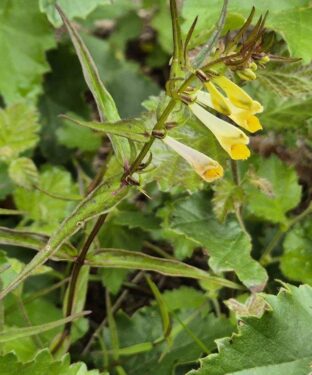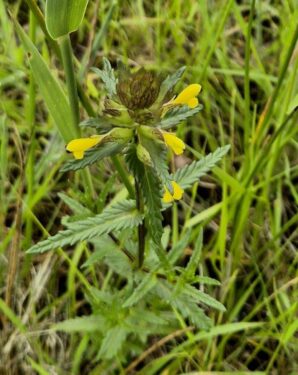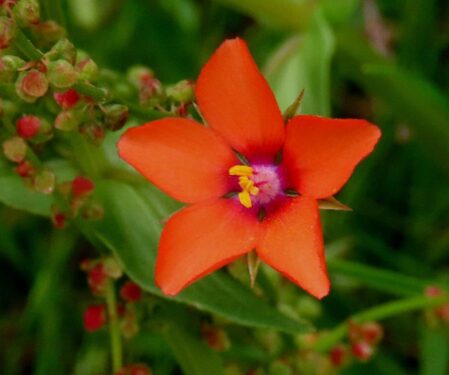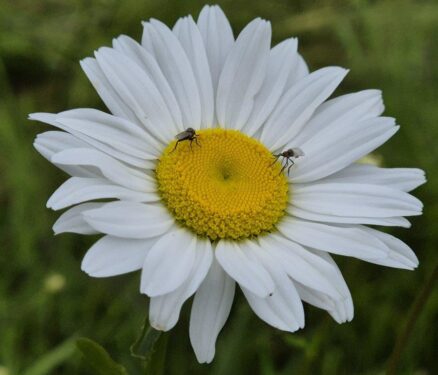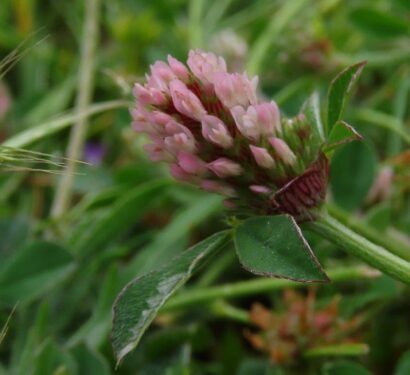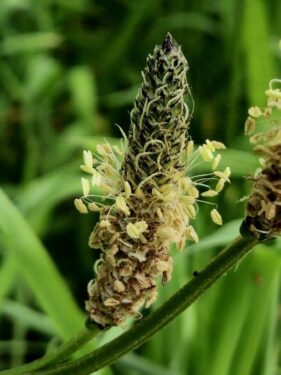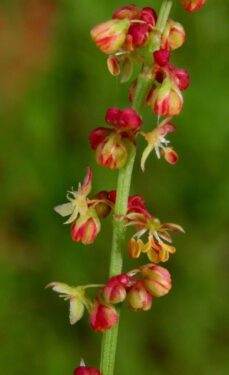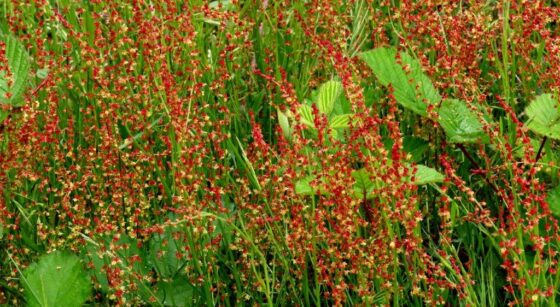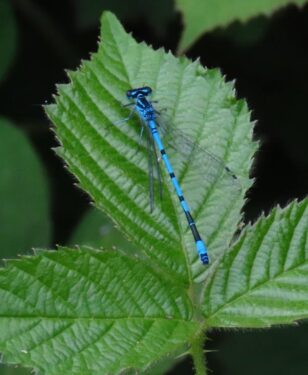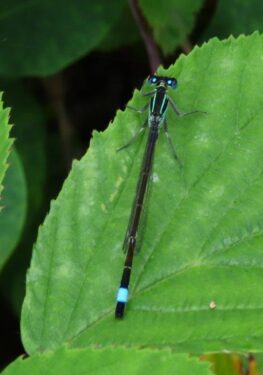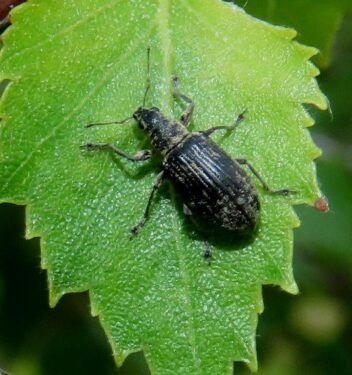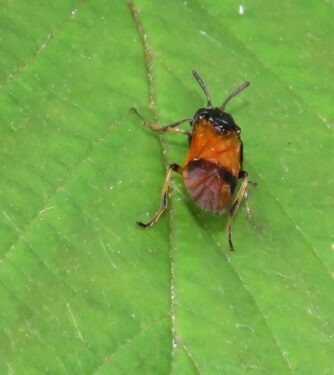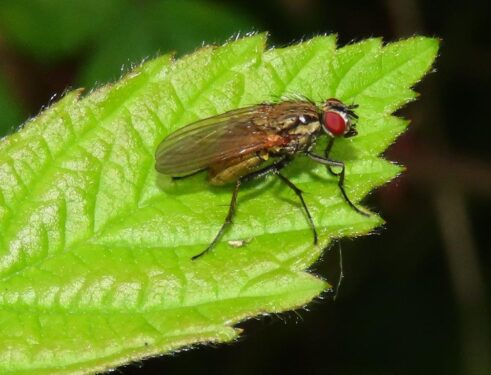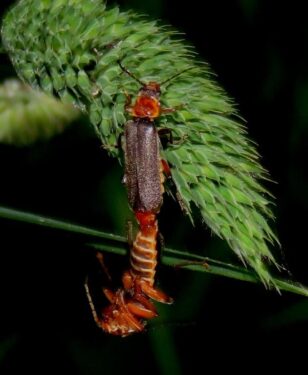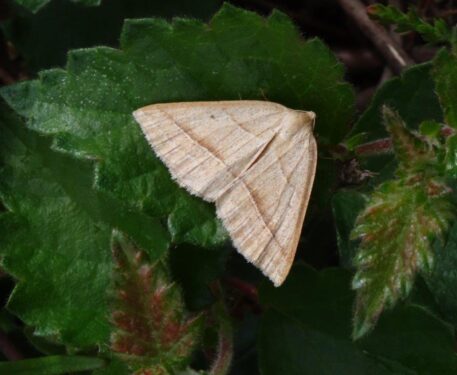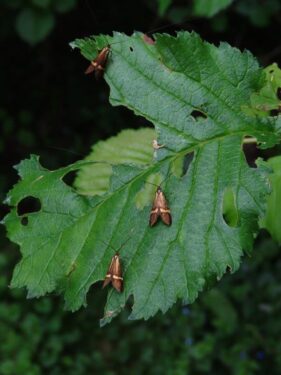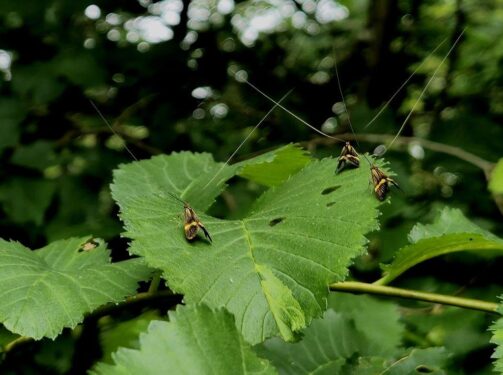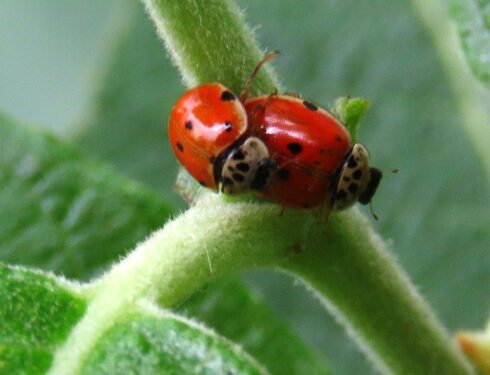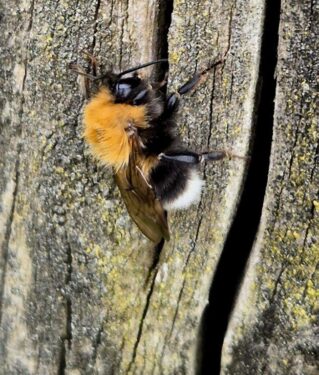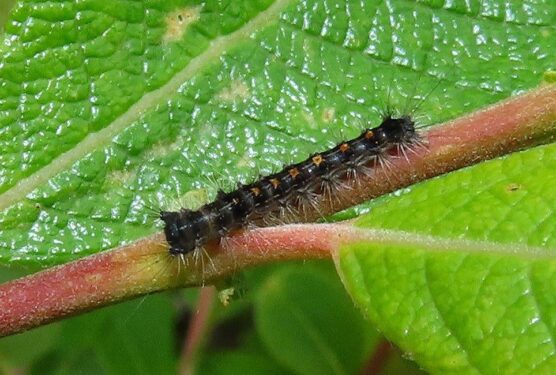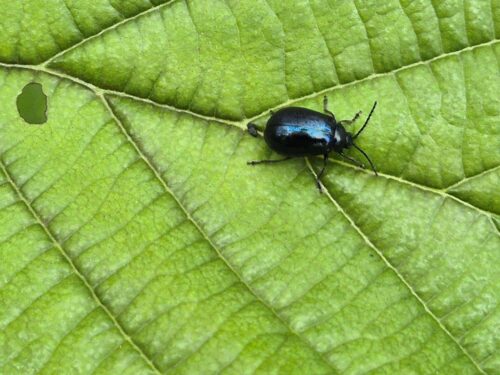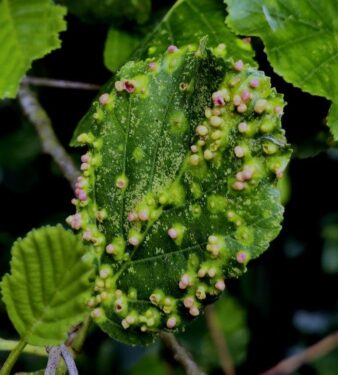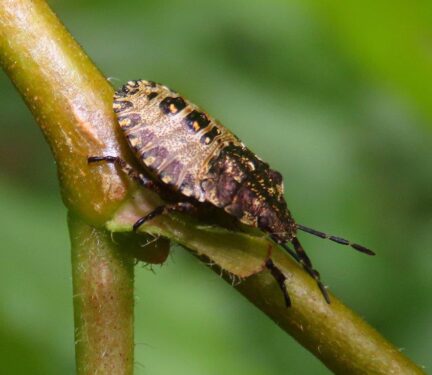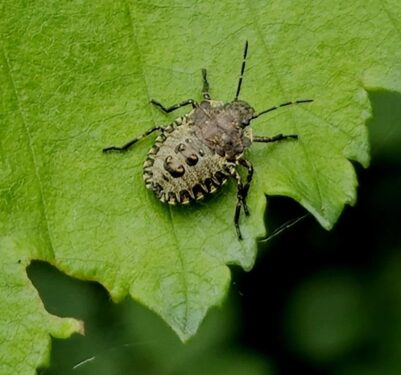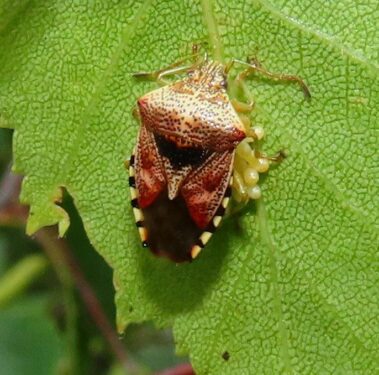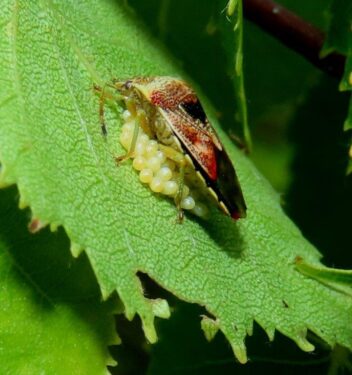Such has been the unpredictability of weather this spring that our walks around Cockaynes have been few and far between. But earlier this week a couple of hours one morning gave me chance for a catch up as to what is happening. And chance also to try out the photo capability of my new phone: about a third of the photos are with that rather than my camera.
Now is the time for flowering shrubs. Gorse is largely over but Broom has taken its place, while Dog Rose is now at its very best. Bramble (in its multiplicity of forms), Honeysuckle and Elder are coming on well, and destined to be major pollen and nectar sources in June.
Of the lower, showy plants, there were two related semiparasites that take water from the roots of plants around them, Common Cow-wheat and Yellow Rattle…
… with Scarlet Pimpernel, Oxeye Daisy and Knotted Clover also looking good.
But in close up, ever the most undemonstrative of flowers can reveal an inner beauty: here, Ribwort Plantain and Sheep’s Sorrel.
Plenty of insects too even though it wasn’t sunny, from damselflies to awkwardly mating soldier-beetles!
Day-flying moths included Brown Silver-lines and some delightful displaying swarms of Gold-barred Longhorns.
One of the delights of the insect world, indeed all of nature, is that it is always changing, and several of the things I saw fitted that category. Cream-streaked Ladybird colonized this country in the mid-20th century, while Tree Bumblebee and Gypsy Moth followed towards the end of the century…
… while Alder Leaf-beetles have arrived in this country, after several decades of extinction, only in the past 20 years. They were first spotted in Essex here at Cockaynes a couple of years ago, and now seem well-established. Many a leaf has either the holes chomped by the larvae, or a shiny black adult sitting on it – or both. And also on Alder leaves the reddening pimple-galls cause by the microscopic mite Eriophyes laevis are now at their most prominent.
A final word to the true bugs. Forest bugs are growing fast, and several large nymphs were on display …
… while a female Parent Bug guarding her eggs showed why the species is so named, one of the few examples of maternal care in the insect world.
As to the performance of the phone camera, I suspect it will never completely replace my trusty Canon, but in the right circumstances on the right subjects it could prove useful. I just have to get out more and really put it through its paces …!
